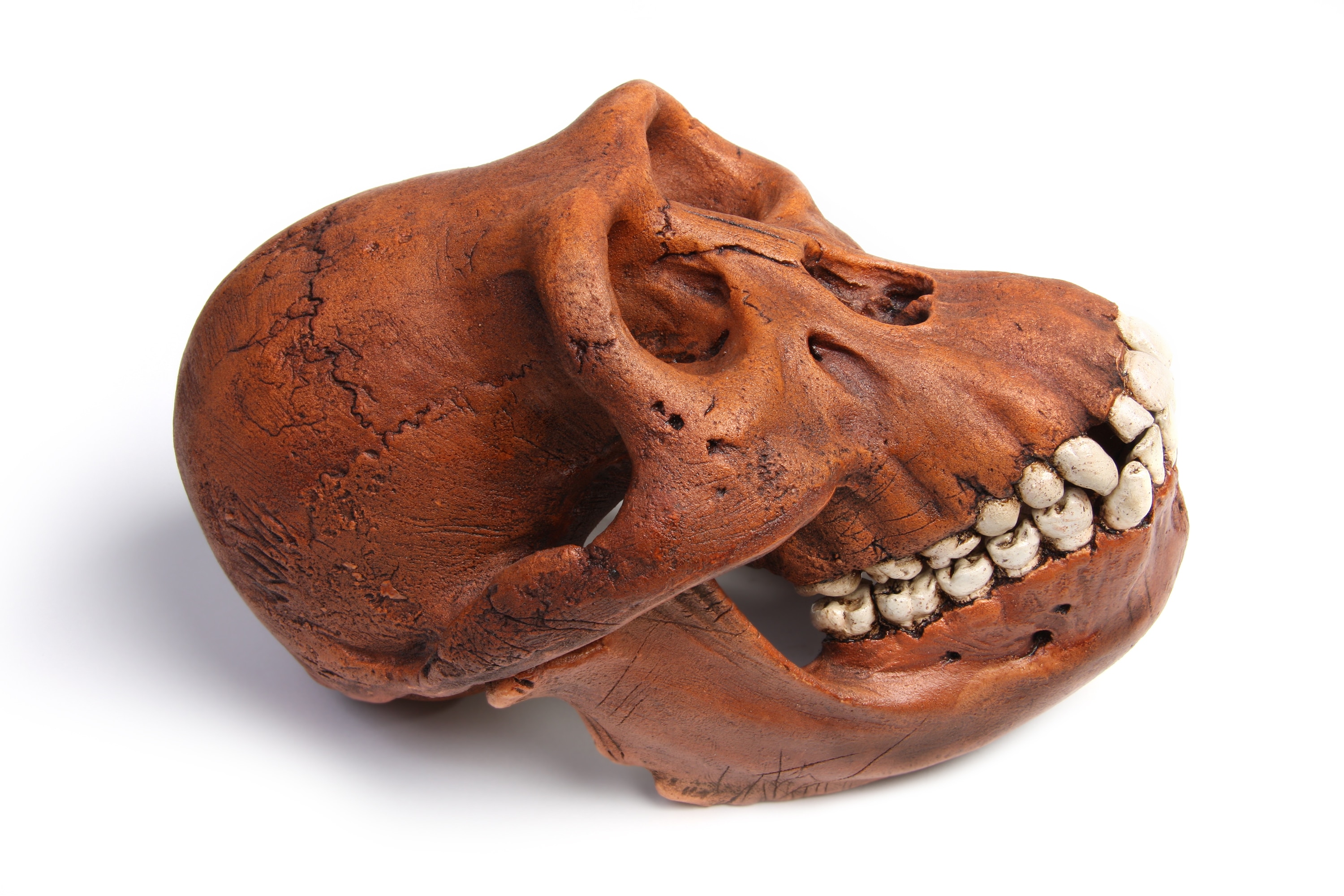Create a free profile to get unlimited access to exclusive videos, sweepstakes, and more!
Ancient humans at Cradle of Humankind are a million years older than we thought
Do you feel old yet?

Long ago in The Land Before Time (now streaming on Peacock!), when dinosaurs roamed the earth, Little Foot and his friends set out on a grand adventure to find the Great Valley and save their families from certain death. A generation of kids grew up on those adventures, but around the same time paleontologists were discovering a Little Foot of their own in the Cradle of Humankind.
While not quite as old as the dinosaurs, this Little Foot — an almost complete specimen of Australopithecus from the Sterkfontein cave formation in South Africa — hints at another great adventure, that of humanity’s transition out of the trees.
Previous estimates of the ages of the hominins at Sterkfontein placed them at about 2.5 million years ago, but more recent analysis reveals they may have walked the Earth more than a million years earlier. This new data, published in the Proceedings of the National Academy of Sciences, rewrites part of the human story.
Darryl Granger, a researcher from the Department of Earth, Atmospheric, and Planetary Sciences at Purdue University and lead author of the paper, started his career in physics and only later moved into geology. In the process, he developed new methods of dating rocks shielded in caves.
“After I moved to Purdue, I read an article about the discovery of Little Foot in the ‘90s and instantly knew I could date it. It’s in a cave, and I knew it was a contribution I could make to the field, and that it would be fun,” Granger told SYFY WIRE.
There are various methods of dating rocks, each of which are dependent on unique conditions of the area. In areas where volcanoes are present, scientists look at volcanic ash which contains radioactive potassium. Over time, that potassium decays into argon and you can find the age of the rock’s formation by looking at the ratio of those elements. The key mechanism is the parent-daughter relationship between the atoms that are decaying and the ones they decay into. In calcite deposits, you can do something similar by looking at the ratio of uranium to lead. By comparison, Granger’s method relies on cosmic rays interacting with rock deposits on the Earth’s surface.
“These rays are very high energy. They cause nuclear reactions inside the rock and create radioactive particles. When cosmic rays pass through quartz, they make radioactive aluminum and beryllium. If it’s then buried in a cave, it’s shielded from cosmic rays and the concentrations decay away,” Granger said.
Because aluminum and beryllium decay at different rates, they can look at the concentrations of both and figure out not when the rock was created, but when it was buried. By associating those rocks with bones of ancient hominins, scientists can estimate their age as well.
Previously, Australopithecus remains were dated, in part, by dating associated animal bones. If we have a good idea of when a particular animal lived, and we find a lot of them in a cave with early hominins, then we can be relatively confident they were around at the same time. It turned out, however, that the situation at Sterkfontein was more complicated than we originally knew.
“We’ve realized that the early excavations in the 1940s and ‘50s involved two different deposits. The bottom deposit is 3.4 to 3.6 million years old, and the upper deposit is about 2.2 million years old. At the boundary between them, it’s really irregular. We think they mixed together fossils from those two layers,” Granger said.
As a result, animal fossils from the younger layer were associated with Australopithecus bones from the older one, which biased the data. That’s something no one really realized until recently. The new dating method calls into question some of our previous assumptions about the South African Australopithecines.
“What we’ve shown is instead of being young, they’re all the way down at the base of diversification. Instead of being out on a later branch of the bushy family tree, it puts the South African species a little closer to the base. Putting the age further back in time gives you an extra million years and opens the door to the possibility for these South African species to be the ancestor of later species,” Granger said.
We may never fully understand the complex set of events which led to the evolution of our own species, but Little Foot and her ancient friends have taken a small step toward an answer.


























